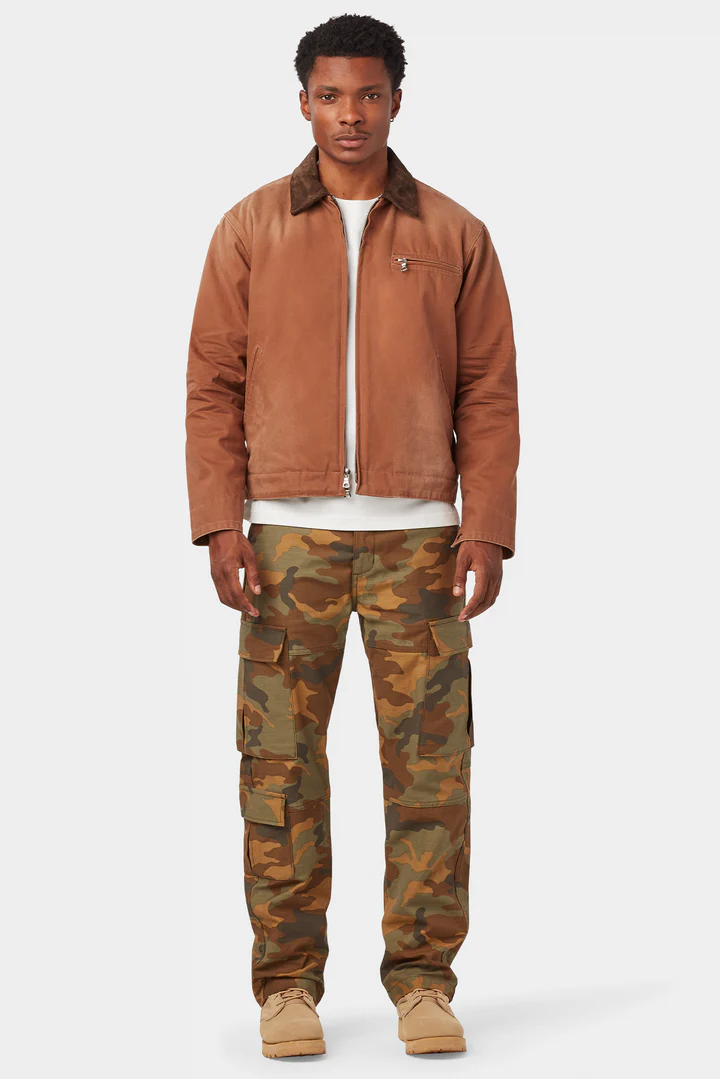After reading the article and comments below, I think of a new 'political' campaign or facebook movement.
'Support your local trade, make your community a better place' with members contributing various ways to the local business e.g. dining at non-mass chain resturant, buying at local market....
This might work very well.....
Not necessary bespoke suits/ clothing criteria, but in some problematic areas e.g. cars, IT, watches, restaurants, I honestly think that will be the best political agenda for any election.
'Support your local trade, make your community a better place' with members contributing various ways to the local business e.g. dining at non-mass chain resturant, buying at local market....
This might work very well.....
Not necessary bespoke suits/ clothing criteria, but in some problematic areas e.g. cars, IT, watches, restaurants, I honestly think that will be the best political agenda for any election.
Last edited:



